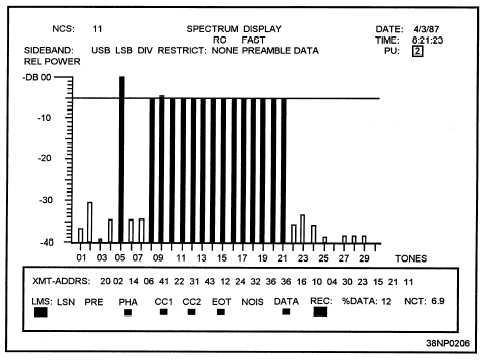Figure 5-13.—The Spectrum Display screen of the LMS-11.
RECOGNIZING LINK-11 NET PROBLEMS
The LMS-11 is very useful in evaluating Link-11
net quality. As you have seen, the various on-line
modes can help you determine various problems.
These include a station that is consistently missing
call-ups, poor signal-to-noise ratio, and low power
from a unit. Some common Link-11 problems and the
LMS-11 display are covered in the next few
paragraphs.
Figure 5-14 shows an example of how a PU not
responding to call-ups would appear on the LMS-11
operating in the Link Monitor mode. When a PU does
not respond to a call-up, the reason may be that the
incorrect PU number was entered at the NCS or at the
DTS of the unit. It can also be caused by a poor
receiver at the PU, causing the PU to not receive its
call-up. A third problem could be a weak transmitter
at the PU, causing the NCS to not receive the response
and therefore, repelling the PU.
Figure 5-14.—A PU not responding to NCS call-up.
Figure 5-15 shows the display that appears when
a PU is responding to NCS call-ups, but the report
contains no data. Causes of this problem could be the
KG-40 has an alarm, the CDS program is down, or the
problem is in the CDS computer to DTS patching.
Figure 5-15.—A PU responding with no data.
When NCS fails to receive a stop code from a PU,
it causes a stoppage of the net, as shown in figure
5-16. If this condition occurs repeatedly and can be
traced to a single PU, the NCS should delete the PU
until the stop code problem in the DTS is corrected.
5-18






